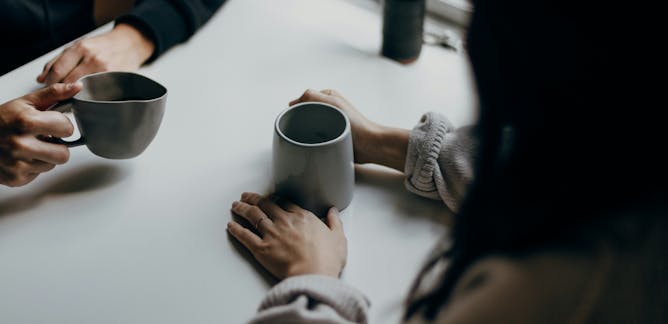
Articles on Indigenous health
Displaying 1 - 20 of 214 articles

Research partnerships with the people and communities affected help to challenge health inequities, and support person-centred care in health systems.

Just over half of Aboriginal and Torres Strait Islander children in out-of-home care live with a kinship carer. Targets aim to increase this proportion. But what is kinship care?

There is no express right to health in New Zealand law. But international agreements protecting Indigenous rights to health and wellbeing set the standard New Zealand should follow.

Although their stories often tell of strengths, struggles and important community contributions, the voices of Indigenous people with neurodevelopmental disabilities often go unheard.

5 disability experts tell us their initial thoughts about plans to reform the NDIS and make it sustainable

Poor sleep deprives First Nations people of the chance to connect with culture. So they co-designed a sleep apnoea program they’d actually use.

Cases of tuberculosis have been detected in South Australia over the past 17 months. Here’s what you need to know about the disease.

A new report spans more than 300 peer-reviewed studies to present a comprehensive summary of the risks the industry creates for people’s health and wellbeing, as well as for the planet.

Children as young as ten don’t have access to Medicare if detained. And they’re dying of largely preventable diseases.

Cultural awareness training for health-care workers places focus on individual biases rather than tackling the systemic problems that negatively impact Indigenous patients.

The issue of poor sleep needs particular attention in the context of Aboriginal and Torres Strait Islander teenagers who have high rates of poor health, social and emotional well-being and education.

Native Americans sent to government-funded schools now experience significantly higher rates of mental and physical health problems than those who did not.

Some First Nations women who sustain head injuries from family violence don’t access health care and support. We studied why and found one reason is a fear their children will be taken away.

We estimate more than 200 communities across Australia do not have community drinking water fountains. That must change.

For remote Indigenous communities, reductions in alcohol use are linked with the strength of culture, empowerment and community.

If we are to reduce the numbers of Aboriginal and Torres Strait Islander people smoking we need to consider a whole suite or approaches.

We used yarning and photoyarning to gather insights from staff and residents about the changes five decades of housing stability and support can bring about.

Alcohol and drug addiction impacts families as well as the people afflicted. Some First Nations-led centres involve families in their patients’s treatment, with beneficial outcomes.

Here’s where we could lift our game to ensure reliable, equitable and culturally safe telehealth for First Nations people in Australia, whether living remotely or in our cities.

Despite Australia spending so much money on prisons, incarcerated women’s reproductive health care is lacking to the point of being degrading.
